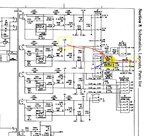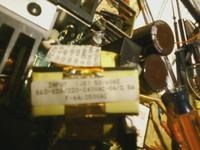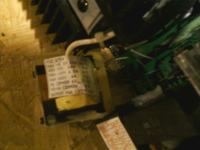Bruce101
Junior Member level 1
- Joined
- Feb 2, 2012
- Messages
- 16
- Helped
- 0
- Reputation
- 0
- Reaction score
- 0
- Trophy points
- 1,281
- Location
- Central Ma. U.S.A.
- Activity points
- 1,396
14.7 volts at that point. :smile: I must have moved ground.
Check power supply voltage to Video board.
G4 122.5
G2 655.
G1 68.2
15
60.
Check power supply voltage to Video board.
G4 122.5
G2 655.
G1 68.2
15
60.
Last edited:


